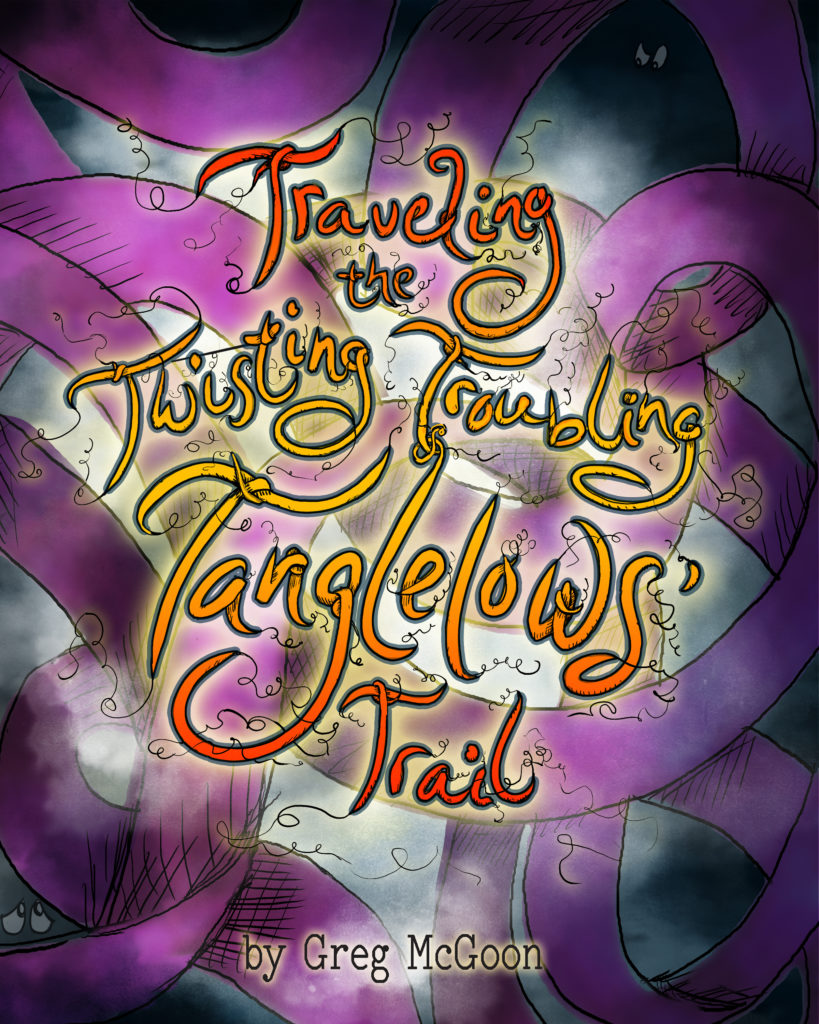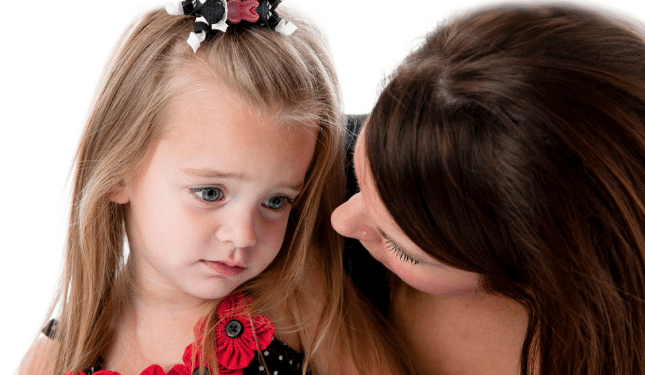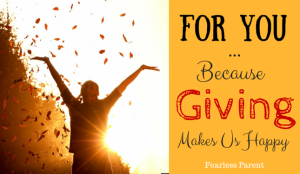If your child is a chatty Cathy or Charles, this post may not be for you. But some of us have kids who may not be (appropriately) expressive for a variety of reasons. These could include personality or disposition; language or developmental delays; and emotional issues or traumas. Whether she is placid, stoic, disengaged, or agitated, it would be a mistake to assume that the interior world of your non-expressive child cannot be accessed.
What is emotional competence?
Emotional competence is a skill set. It’s the ability to deal with and express our feelings in an age- and socially-appropriate (there’s that word again) manner. There is a clear relationship between emotional expression and the desired outcomes of mental health and social/academic success.
The developmental progression of emotional competence starts early. If you want to explore this further, read this excellent article Dealing with Feelings: How Children Negotiate the Worlds of Emotion and Social Competence (Cognition, Brain, Behavior 11 (2007) 1 – 48) by George Mason University professor of psychology, Susanne A. Denham.
Anyone raising children knows that the very young have, ah, feelings. Pre-verbal babies exhibit joy, jealousy, and impatience. Around age 3, children become capable of asking “why” questions in search of information. Around age 4, children begin to show signs of self-consciousness and experience feelings of shame, doubt, and guilt.
Per Professor Denham:
Preschoolers do make some independent efforts to regulate emotion. Adult
support is still important, but emotion regulation is more and more a partnership as
children become simultaneously more autonomous and more capable of
cooperation. Even toddlers can use a few independent emotion regulation schemes (emphasis mine), such as orientation of attention toward or away from a stimulus, self-distraction via physical self-comforting or self-stimulation, approaching or retreating from a situation, or cognitive and symbolic manipulations of a situation through play (Ibid; Grolnick, Bridges, & Connell, 1996; (Stansbury & Sigman, 2000).
Denham says that successful social interactions are built upon specific skills of emotional competence such as listening, cooperating, appropriate help seeking, joining another child or small group, and negotiating.
This becomes clear as we survey the landscape of our own personal and professional relationships. We might go as far to say that successful lives are built upon the bedrock of these specific skills.
As a favor to our children’s future friends, employers, and life partners, and to our own families, maybe we need to be prioritizing this a wee bit more?
If only it were so easy.
Challenges of asocial media and unreality TV
Our children are bathed in a distorted and stressful reality of social media, video games, and television programming. It can be a challenge to develop strong interpersonal skills and a solid sense of self. This starts very young — babies are exposed to iPads before they can speak. Via cell phones, only slightly older children will have unfettered access to the entire internet in their pockets by elementary school (think about that for a moment).
Technology allows kids to create avatars and alternate identities. It can remove accountability while enabling them to neglect their actual selves. Children may not have many opportunities to develop basic socialization skills and emotional management techniques. Without self confidence, it becomes ever easier and more tempting to hide behind devices.
What do children need to learn in school?
The social dynamics of lunch and recess; playdates and birthday parties; clothing and hairstyles; grades and sports bring up a world of stomach aches and tears. We may think that academic achievement is our children’s top priority in school but the truth is that, through 8th grade, the most important learning is social-emotional development.
Unfortunately, it’s not so easy to teach skills of emotional competence with a one-size fits all module squeezed in between social studies and drama. Educators must be trained to teach in the natural environment when learning opportunities come up (and they always do). Unless it is an explicit and high priority, however, it won’t happen. And so, most schools are shockingly ill equipped to help children navigate constructively. It can be doubly difficult for parents who are hindered by lack of understanding, time, or knowledge about what to do — especially with teachers who don’t really understand and children who aren’t so expressive.
The tools we need for our older children (like the ideas shared in this book for middle school girls and this book for middle school boys) aren’t the same as what’s needed for our little ones. If you’re looking for a creative new way to reach your young children, I stumbled on a gem of a book that might be up your alley.
A new book to help kids navigate emotions
 It’s called Traveling the Twisting, Troubling, Tanglelows’ Trail by Greg McGoon.
It’s called Traveling the Twisting, Troubling, Tanglelows’ Trail by Greg McGoon.
In the tradition of Dr. Seuss, the author uses playful rhymes and enchanting imagery to captivate. Rhyme helps build memory, teaches how language works, and increases word recognition by pairing advanced and familiar words.
But Greg goes further. He uses playful rhymes and imagery to help children express the complexity of their various feelings. Taking the time to untangle thoughts; sorting through emotions such as sadness, anger, and jealousy; seeing the link between feelings and behavior; recognizing that we can help others to understand what we’re going through; these are lessons that we want to teach our kids. We can give our children tools for self-expression and coping. We can teach them how to support their own emotional health.
Emotions are deeply personal. While it may be tempting to tell our kids how they feel so we can get on the road to helping them feel better, this isn’t a good strategy. They need to learn how to uncover what it is they are feeling.
Tanglelows are critters that live and play inside our minds. They are a reflection of internal and external conflicts and behaviors. Tanglelows can be friend or foe. They exist and react based on how a person behaves. Knowing they exist is the first step in understanding how to co-exist with and manage them.
Even very young children can be introduced to advanced vocabulary and concepts. They may not grasp the full context in the moment, but they can gain familiarity with these ideas and grow along with the book. And it can be a revelation for them to understand that, not only are they not “bad” because of their emotions but these yucky feelings can actually be discussed and worked through. In this way, they can lose their power.
***
So remember to watch out for the tricky Tanglelows who will find a way to fill you with woes:
“Your truth may feel small,
but is most solid of all:
A burden you think,
but a blessing to haul.
The stronger it grows,
the lighter the load,
Unwinding the tangles,
Unblocking the road!”

Louise Kuo Habakus is the founding director of Fearless Parent™, lead host and producer of Fearless Parent Radio™, and mom of two. She is a published author and runs the non-profits Center for Personal Rights and Health Freedom Action. Louise was a Bain consultant and a C-level executive in the financial services industry. She holds two degrees from Stanford University.
Photo credit: PsychProfessionals.com













Thank you so much for providing a new pathway for me. It really makes me stop and think about how i am raising my kids. I can’t wait to get my hands on that children’s book!! Sounds brilliant! Such an important lesson for children and many adults too!!
Thank you, Isabelle. I need to be reminded of this, too. I think of our sweet little ones, with their stormy faces, trying to work through their feelings and being told to “be a big girl/boy and suck it up.” Just giving a name and voice to the feelings can be such a revelation (and a relief) to them <3